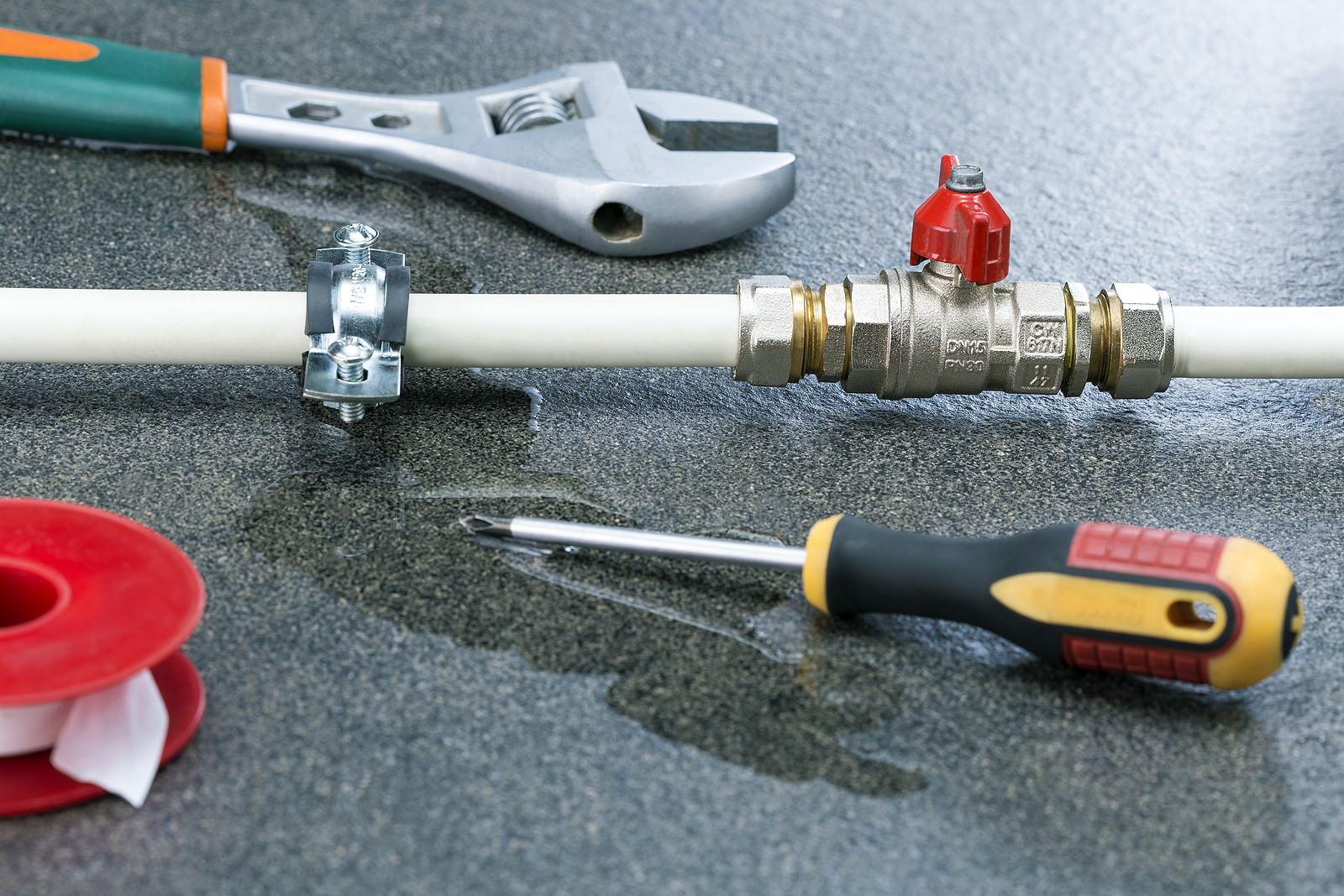We've unearthed this post on Finding hidden leaks directly below on the internet and figured it made good sense to talk about it with you on this page.

Early detection of leaking water lines can mitigate a prospective catastrophe. Some small water leakages might not be visible.
1. Take A Look At the Water Meter
Every residence has a water meter. Inspecting it is a guaranteed manner in which assists you uncover leaks. For starters, switch off all the water resources. Guarantee nobody will certainly purge, use the tap, shower, run the washing machine or dish washer. From there, go to the meter and also watch if it will change. Given that nobody is using it, there need to be no activities. If it relocates, that shows a fast-moving leak. Likewise, if you identify no changes, wait a hr or more and also check back once again. This suggests you may have a slow leakage that could even be underground.
2. Check Water Usage
If you detect abrupt adjustments, in spite of your consumption being the same, it means that you have leakages in your plumbing system. An abrupt spike in your costs suggests a fast-moving leak.
On the other hand, a consistent rise each month, despite the same behaviors, shows you have a slow leakage that's also slowly rising. Call a plumber to extensively check your residential property, particularly if you feel a warm location on your floor with piping beneath.
3. Do a Food Coloring Examination
30% comes from commodes when it comes to water consumption. Test to see if they are running properly. Decline flecks of food color in the tank and wait 10 mins. If the shade in some way infiltrates your dish during that time without flushing, there's a leak in between the container and also dish.
4. Asses Exterior Lines
Do not forget to inspect your exterior water lines as well. Examination spigots by attaching a garden tube. Ought to water permeate out of the connection, you have a loose rubber gasket. Change this and make sure all links are tight. It will help obtain it properly checked out and also preserved annually if you've got a sprinkler system. One tiny leakage can waste lots of water and also spike your water expense.
5. Examine as well as Examine the Situation
Homeowners need to make it a habit to examine under the sink counters as well as even inside cupboards for any type of bad odor or mold growth. These two red flags indicate a leakage so punctual focus is called for. Doing routine inspections, even bi-annually, can conserve you from a significant issue.
A lot more significantly, if you understand your house is already old, maintain a watchful eye on your heating systems, tubes, pipelines and so on. Look for discolorations as well as compromising as many pipes and appliances have a life expectancy. They will certainly additionally normally weaken due to wear and tear. If you think leaking water lines in your plumbing system, do not wait on it to escalate. Call an expert plumber as soon as possible so you don't wind up with a dreadful mess in your home.
Early detection of dripping water lines can reduce a possible catastrophe. Some tiny water leakages may not be noticeable. Checking it is a proven way that assists you discover leakages. One little leak can throw away lots of water and spike your water costs.
If you think leaking water lines in your plumbing system, don't wait for it to rise.
How to Know If Your Home Has a Hidden Leak
Water Meter Reveals Inexplicable Water Usage
If you’d like to test whether or not there’s a leak somewhere in your home, you can do this using your water meter. Here is how to conduct the test:
Don’t use any water in your home for at least 30 minutes; this also means not turning on faucets or water-using appliances.
Go outside, and check your water meter for activity.
If your water meter shows that there was activity, even though no one was using any water, this proves that there is a leak in your home.Visible Mold or Mildew Growth
Leaks behind walls create moist, dark environments that allow mold and mildew to grow and thrive. Eventually, you might see mold growth forming on the wall closest to a hidden leak.
If mold is growing in an area that receives a high amount of moisture, such as a bathroom, it may simply be an indication that better ventilation is needed. However, if you see mold growth on a wall or the ceiling in an area where you would not expect, you probably have a hidden leak.
Musty, Mildew Odor
Sometimes you might not be able to see the mold or mildew that is growing as a result of a leak. However, the smell can give the problem away just as easily. If you catch a whiff of something musty, there’s a good chance that old water is collecting somewhere in your home that you can’t see.
Stained/Warped Walls, Ceilings, or Floors
When your home soaks up water, a variety of red flags can become visible, including ceiling stains, bubbling drywall, warped walls, and sagging floors. While these issues can be caused by excess humidity, they can also be signs that a pipe or plumbing connection has started leaking behind your walls.
Inexplicably High Water Bill
After a while, you get a general sense for what your water bill should be. If you own a pool or sprinkler system, your bill will tend to be higher during summer. However, if you receive a water bill that seems especially high, and you can’t figure out what caused it, then you may have a hidden leak somewhere that’s increasing your bill.
https://www.plumbingjoint.com/blog/2019/july/how-to-know-if-your-home-has-a-hidden-leak/

I hope you enjoyed reading our post on Finding hidden leaks. Thanks a ton for taking the time to read through our blog. Are you aware of somebody who is involved in the niche? Feel free to promote it. I love reading our article about Finding hidden leaks.